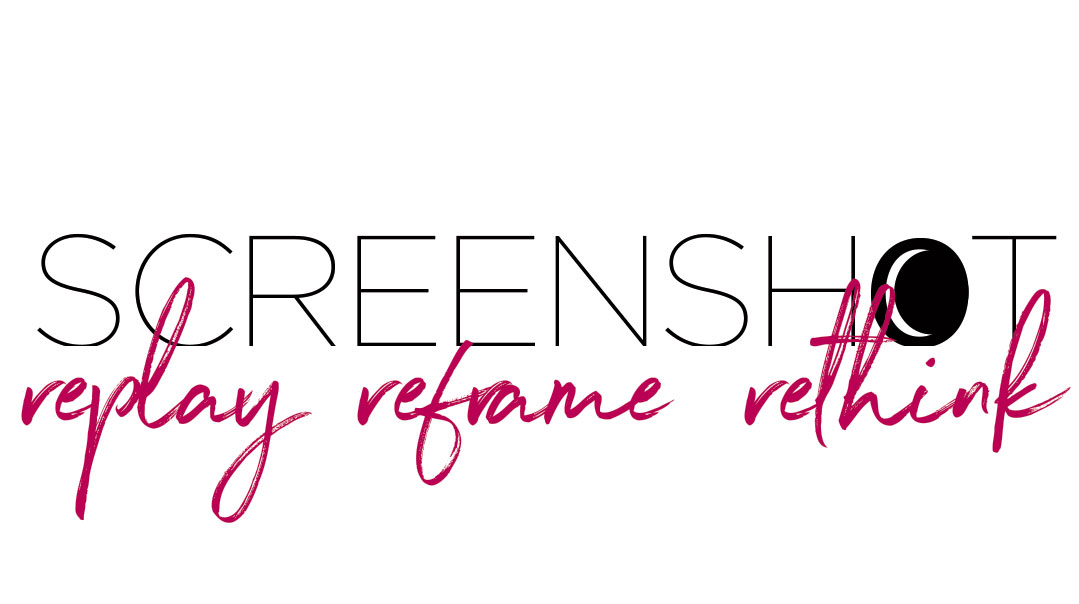A Man with a Beard

Yes, this is the type of magazine that does feature prominent Torah leaders on its cover

Many years ago, I was called into the office of a supervisor. The supervisor was not pleased.
“You need to up your game,” I was told. “The magazine covers are weak. They’re not grabbing people. Here, look at this one.” The previous week’s edition stared at me. “It’s a yahrtzeit piece for a rosh yeshivah who hasn’t been alive for years already. How is this going to sell the magazine?”
I heard echoes of that conversation a few years later, when a staff member looked at a freshly printed cover and enthused, “This is a great cover, a break from the ‘man with a beard’ look. We need more of these.”
Mishpacha has always been a “something for everyone” kind of publication. Its strength stems in a large part from the fact that it’s a smorgasbord, with a mix of styles, tones, moods, and formats.
That principle extends to the covers as well. Some magazines always feature celebrities or style icons on their covers. Others star successful entrepreneurs. Some go with creative illustrative concepts, some with clever caricatures. Mishpacha isn’t as easy to pigeonhole.
A while ago, when we hired a design consultant to refresh some of the visual elements of the magazine, I was asked to compile a list of the basic “types” of covers we run. And there were many. Over the course of the previous year, we had printed news-driven covers, celebrity covers, Yom Tov covers, illustrated covers, typography covers, social issue covers, and yes — quite a few covers featuring gedolim.
How pivotal is the cover in actually selling the magazine? It’s hard to get scientific data on that. For some buyers, the cover image and text make a real difference. An image that grabs the eye, text that captures the mind — these can be powerful elements in making a sale. But for many buyers, the image and text are sort of an appetizer to a meal they’re planning to eat anyway. Really it’s the Mishpacha logo that drives the decision — they trust the brand enough to be confident there’s something inside they’ll enjoy reading.
For these readers, the choice of cover image is not so much about a selling point as a way of identifying with their reality, echoing their hopes or fears or challenges. It can be the singer whose music they’re humming, the politician they’re rooting for or wondering (and worrying) about, the life force behind that famous organization or movement. It’s meant to inspire interest or signal solidarity, to mirror or amplify the experiences and values of the readership.
That’s also why the cover will often salute one of those “men with a beard,” as that staff member crudely put it. Because a crucial part of our identity is our shared reverence for the leaders who lit the way for us, who built (or rebuilt) the bedrock foundations of Torah life today, who tapped eternal wisdom and showed how relevant it remains for a new generation.
Back at that meeting years ago, faced with the question of whether the image of a gadol would “sell the magazine,” I didn’t have the data to stand up for my decision. I don’t know if I’d have it today, either. Public opinion is hard to gauge, and decision-making is a slippery thing to track. But the answer still remains the same.
We don’t do it every week, we might not even do it the majority of weeks. But actually, yes, this is the type of magazine that does feature prominent Torah leaders on its cover. Because they — and the values they stand for — are what we’re all about. And no matter how compelling the news cycle, no matter how inspiring our wonderful music industry, no matter how dizzying the political sphere, no matter how pressing our social issues, I hope that will never change.
(Originally featured in Mishpacha, Issue 865)
Oops! We could not locate your form.

